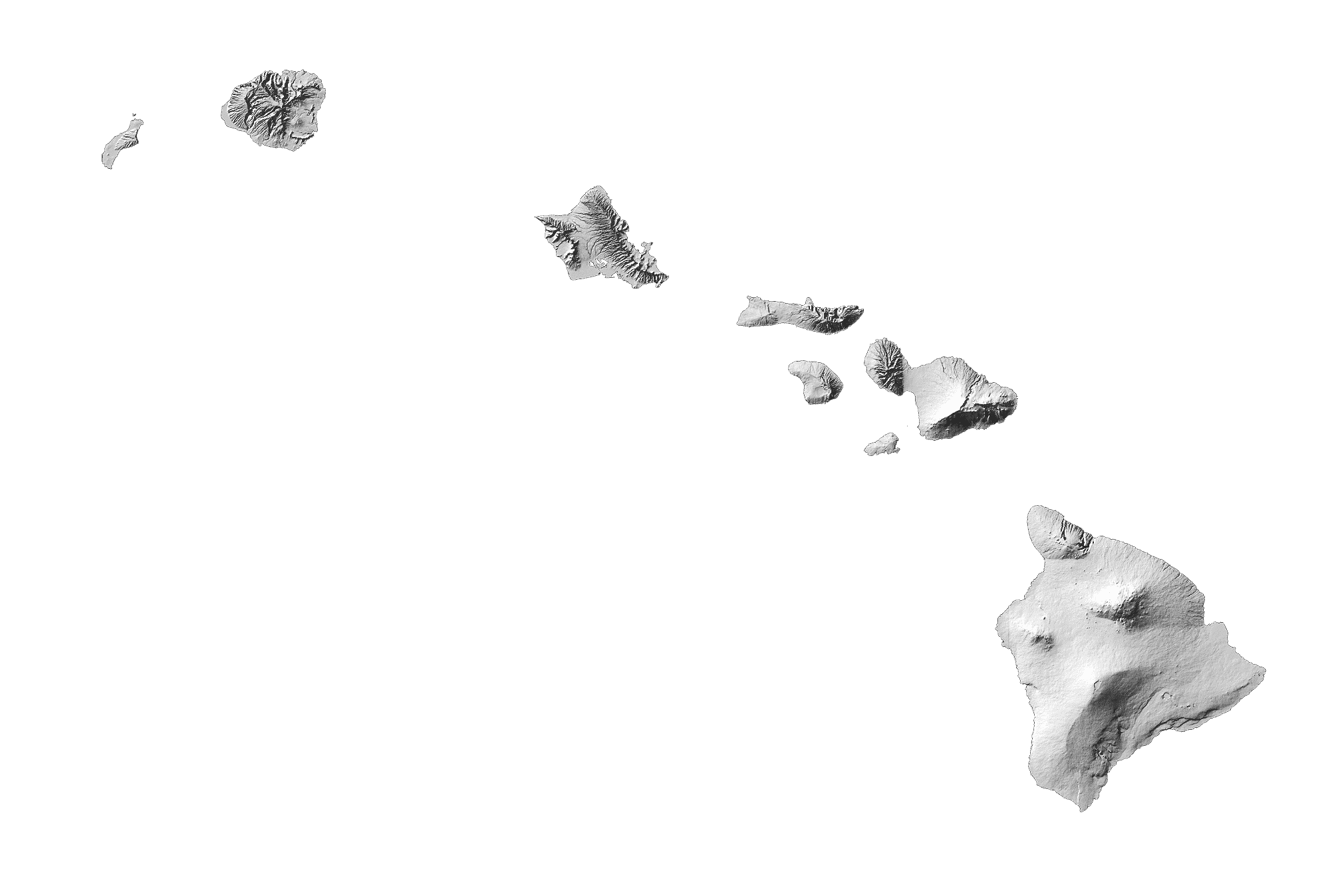Kahua
Strengthening Hawaiian education through collaboration
Nu‘ukia
Grounding and unifying their work, participants engaged in a series of discussions coming to consensus about shared goals and values. From there, Kanaeokana’s vision, mission, and strategic goals were collectively crafted. These are meant to be living documents, changing and growing to meet the needs of our keiki and the generations to come.
Nuʻukia
He ʻanoʻano nei ‘ōnaehana e kupu ai a kawowo a lau a muʻo a ʻao a liko a pua nā ulu koa hou o kēia mua aku e alakaʻi ana ma ia mea koʻikoʻi ʻo ke aloha ʻāina.
Ala Nuʻukia
E kūmaumaua kākou a hoʻomohala ʻia a hoʻoikaika ʻia hoʻi he ʻōnaehana hoʻonaʻauao ʻōiwi i mea e hoʻoikaika ai i ka lāhui. ʻO kā kākou ʻōlelo a me ko kākou ʻike ka ʻāina e ulu ai nei ʻōnaehana.
Pahu hopu
- E alu pū nā lālā ma ke ʻano he ʻaha makakū e hua ai nā makemake o Kanaeokana.
- E kū ma ke ea hoʻonaʻauao no ka pono o ka lāhui.
- E aloha aku aloha mai i ka lau o nā lālā o nei hui.
- E lū aku i nā hua o kā kākou ʻōlelo ma kahi kapa a kahi kapa o ka ʻāina.
- E hoʻoulu a paipai i nā keʻehina kulekele a Kanaeokana i hoʻoholo ai.
- E hoʻolau i nā kumuwaiwai hoʻonaʻauao, nā manaʻo hoʻūlu, a me nā kaʻakālai maiau ma kekahi waihona pūnaewele.
- E mālama i ko kākou ēwe, iō kikilo aku a i nā mamo, ma nei hana a kākou ma Kanaeokana.
Vision
A strengthened lāhui that grows and sustains future generations of aloha ‘āina1 leaders.
Mission2
To collaboratively develop and strengthen a Native Hawaiian education system3—built on a strong ʻōlelo Hawai‘i and ʻike Hawai‘i4 foundation.
Strategic Goals
- To convene network members dedicated to supporting ʻōlelo Hawai‘i, Hawaiian culture, and ʻāina-based education to forward Kanaeokana efforts.5
- To assert educational sovereignty in the process of strengthening our lāhui.
- To honor and demonstrate the diversity among participating organizations, fostering mutual trust, respect, and pilina among all members.
- To prioritize renormalization of ʻōlelo Hawaiʻi in all sectors of society.
- To generate and advocate for Kanaeokana policy positions.
- To develop and share educational resources (curriculum, instruction, and assessment), ideas, approaches, and strategies through a centralized, virtual waihona.
- To ensure multi-generational continuity and synergy in the evolving work of Kanaeokana.
2 This is a living document meant to guide and enable the evolving mission, vision, and goals of Kanaeokana.
3 This system would be comprised of diverse entities that include autonomous sub-systems or individual kula. The cohesion of this system would rest on a common commitment to the shared work described in the mission, vision, and goals of Kanaeokana.
4 The term “ʻike Hawai‘i” includes Hawaiian culturally rooted insights, perspectives, intuition, knowledge, skills, perceptions, sensory inputs, extra-sensory understandings, emotions, instincts, awareness, etc.
5 Following decisions arrived at on July 6, 2017, such focused efforts include, but are not limited to: 1) Hoʻokuluma ʻōlelo Hawai‘i, 2) Hālau ʻŌiwi: Engaging ‘ohana and community, 3) Recruiting and retaining educators (Hawaiian culture based), 4) Hālauololo: Building kula resources and sustainability, 5) Advocacy, and 6) Hoʻolōkahi: Inter-kula engagement.
Content adopted by consensus (2.24.17). Reorganized by Kōmike Hoʻokele (6.15.17). Approved by Kanaeokana participants (7.6.17)
‘Aha Kūkā
Kanaeokana ʻAha Kūkā meetings (formerly Plenary Meetings) are held several times a year and include educators and administrators from across the pae ‘āina. Input from network membership and participants helps to develop the agenda for each meeting. Summaries are made shortly after the meetings take place:
Projects
Considering mission-aligned focuses and community needs, Kanaeokana participants are free to bring to life their project ideas through a simple 3-step process: Self Assess, Share, Holomua!
Is the idea in alignment with the nu‘ukia and ala nu‘ukia?
Consider if the idea is a good Kanaeokana “fit” by using the Project Self Assessment Tool.
Share the idea using a simple Google Form
After self-assessing whether the idea aligns with the nu‘ukia and ala nu‘ukia, share the idea.
Share your project outcomes
Share the outcomes of your project on the project dashboard. See other ongoing and past projects as well.
Kū-punawai
From time-to-time Kanaeokana participants may want to talk to someone who can serve as a punawai, someone who might uplift and energize their work by providing anykine kōkua, sage counsel, insights from their part of the pae ʻāina, ʻikena from the specific areas of specialty they hold, or whatever might be waiwai to participants. This group helps to support those needs and is filled with people who are ready to serve as refreshing punawai to others. As a Kanaeokana participant, are you interested in serving in this role?
Participating schools and organizations
4 Ways Participants Engage
For more details on the what, how, and why, check out the Kanaeokana Handbook.
 KANAEOKANA ʻAHA KŪKĀ MEETINGS & GATHERINGS*
KANAEOKANA ʻAHA KŪKĀ MEETINGS & GATHERINGS*
- Strategic and operational decision making
- Prioritizing of work focuses
- Developing advocacy positions
- Sharing resources, innovations
 HARNESS THE POWER OF COLLECTIVE INTELLIGENCE
HARNESS THE POWER OF COLLECTIVE INTELLIGENCE
- Respond to and engage with surveys that guide the project work
- Respond to and engage with surveys that guide Kanaeokana’s policy positions
- Amplify the voice of Kanaeokana outward into your communities and spheres of influence.
 SPECIFIC WORK PROJECTS
SPECIFIC WORK PROJECTS
- Planning and executing specific kōmike activities or events
- Creating specific work products
 EVENT ATTENDEE / WORK PRODUCT USER
EVENT ATTENDEE / WORK PRODUCT USER
- Participating in activities and events
- Using work products
- Open up your facilities and spaces to hosting events and experiences for the community
* Among the many Kanaeokana participants includes Kamehameha Schools. Kamehameha plays a unique dual role in Kanaeokana. Separate from the Kamehameha campuses and preschools who are participants, Kamehameha Schools also provides backbone support for Kanaeokana through the Kealaiwikuamoʻo Division, which is part of the Hiʻialo Group.
Kula and Hui By Location
Click on an area for more info.

Niʻihau & Kauaʻi
- Kanuikapono Learning Center PCS
- Kawaikini NCPCS
- Ke Kula Ni‘ihau o Kekaha Learning Center & Lab PCS
- Kula Aupuni Ni‘ihau A Kahelelani Aloha NCPCS
Oʻahu
- Hālau Kū Māna NCPCS
- Hakipu‘u Learning Center NCPCS
- Hika‘alani
- Ka Waihona o ka Na‘auao NCPCS
- Kamaile Academy PCS
- Kamehameha Schools – Kapālama
- Kawaiaha‘o Church School
- Ke Kula Kaiapuni ʻo Ānuenue
- Ke Kula Kaiapuni o Pū‘ōhala
- Ke Kula o Kūlaniākea
- Ke Kula ‘o Samuel M. Kamakau PCS
- Kua‘āina Ulu ‘Auamo
- Kuhiawaho
- Kūlaniākea
- Mā‘ilikūkahi ‘Āina Momona
- Mālama Honua Charter School
- Mōkauea
- Paeloko Learning Center
- Papakolea Community Development Corporation
- UH Honolulu Community College
- UH Kamakakūokalani Center for Hawaiian Studies
- UH Kapi‘olani Community College
- UH Leeward Community College
- UH Mānoa College of education
- UH Mānoa, Hawai‘inuiākea School of Hawaiian Knowledge
- UH West O‘ahu
- ‘Ulu A‘e Learning Center
- Waiwai Collective
Maui, Molokaʻi, Lānaʻi
- Hāna High & Elementary School
- Kamehameha Schools – Maui
- Ke Kula ‘o Pi‘ilani
- Kualapu‘u Elementary NCPCS
- Lāhaināluna High School
- Molokaʻi High School
- Molokaʻi Middle School
- Pā‘ia Elementary
- Pu‘ukukui Watershed Preserve
- UH Maui College
Hawaiʻi
- Honaunau (Project KALO)
- Kaho‘iwai
- Ka ‘Umeke Kā‘eo Hawaiian Immersion PCS
- Kamehameha Schools – Hawai‘i Island
- Kanu o ka ‘Āina NCPCS
- Ke Ana La‘ahana PCS
- Ke Kula ‘o Nāwahīokalani‘ōpu‘u Iki Laboratory PCS
- Kū a Kanaka
- Kua o ka Lā PCS
- Mālamapoki‘i Community Based Early Childhood Education Program
- UH Hilo, Hale Kuamo‘o
- UH Hilo, Kahuawaiola
- UH Hilo, Ka Haka ‘Ula o Ke‘elikolani College
- Waimea (Project KALO)
- Waimea Middle PCCS
Ko Hawaiʻi Pae ʻĀina
- ‘Aha Kauleo
- ‘Aha Pūnana Leo Preschools
- Association of Hawaiian Civic Clubs
- Council for Native Hawaiian Advancement
- Hālau ‘Ōlelo
- INPEACE
- Nā Kula Kamali‘i (Kamehameha Preschools, 30-sites)
- Office of Hawaiian Affairs
- Office of Hawaiian Education
- Queen Lili‘uokalani Trust
Kōmike Ho‘okele
In the early days of formation and from 2017 – 2023 The Kōmike Hoʻokele (Steering Committee) was comprised of Kanaeokana participants nominated and confirmed by the Kanaeokana membership. Focusing on the Kanaeokana nuʻukia and ala nuʻukia (vision and mission), the Kōmike Hoʻokele strategically guided the work of Kanaeokana by setting meeting agendas, facilitating meetings, and taking action to build and nurture a cohesive, engaged network.
|
|
Kanaeokana

About the Name
Kanaeokana, which couples nae (a fine-meshed netting upon which feathers were secured to make ‘ahu‘ula, or feather capes) and Kana (a powerful kupua, or demigod, who took the form of cordage that could grow to extraordinary lengths and shapes and served as a hero in multiple mo’olelo) is an apt descriptor for the kula Hawai‘i network. When bound together, the name suggests that “a network of extraordinary strength, flexibility and diverse forms can tackle formidable challenges and create works of unsurpassed beauty.
About the Logo
The nae in Kanaeokana refers to a fine-meshed net used to catch small fish and shrimp. Net-making is an intricate and time-consuming process, and well-maintained nets are vital to feeding a community and sustaining its health and vitality.
A nae is also the base to which feathers are attached when making ʻahuʻula. When the nae is used to construct an ʻahuʻula, it takes generations’ worth of feathers and sometimes the base of an older cloak is joined to the newer nae in order to create the most fitting shape.
By representing the nae in the network’s logo, the members of Kanaeokana are paying homage to the maiau craftsmanship of our traditional artisans and practitioners, and the inter-generational, community-centered thinking that characterizes so much of Hawaiian thought.
The pattern of varying and repeated shapes representing the nae in our logo also symbolizes the unity of purpose with which the network members are coming together. Each node, or knot, in the net connects to other nodes, tying them together and contributing to the strength of the whole.
